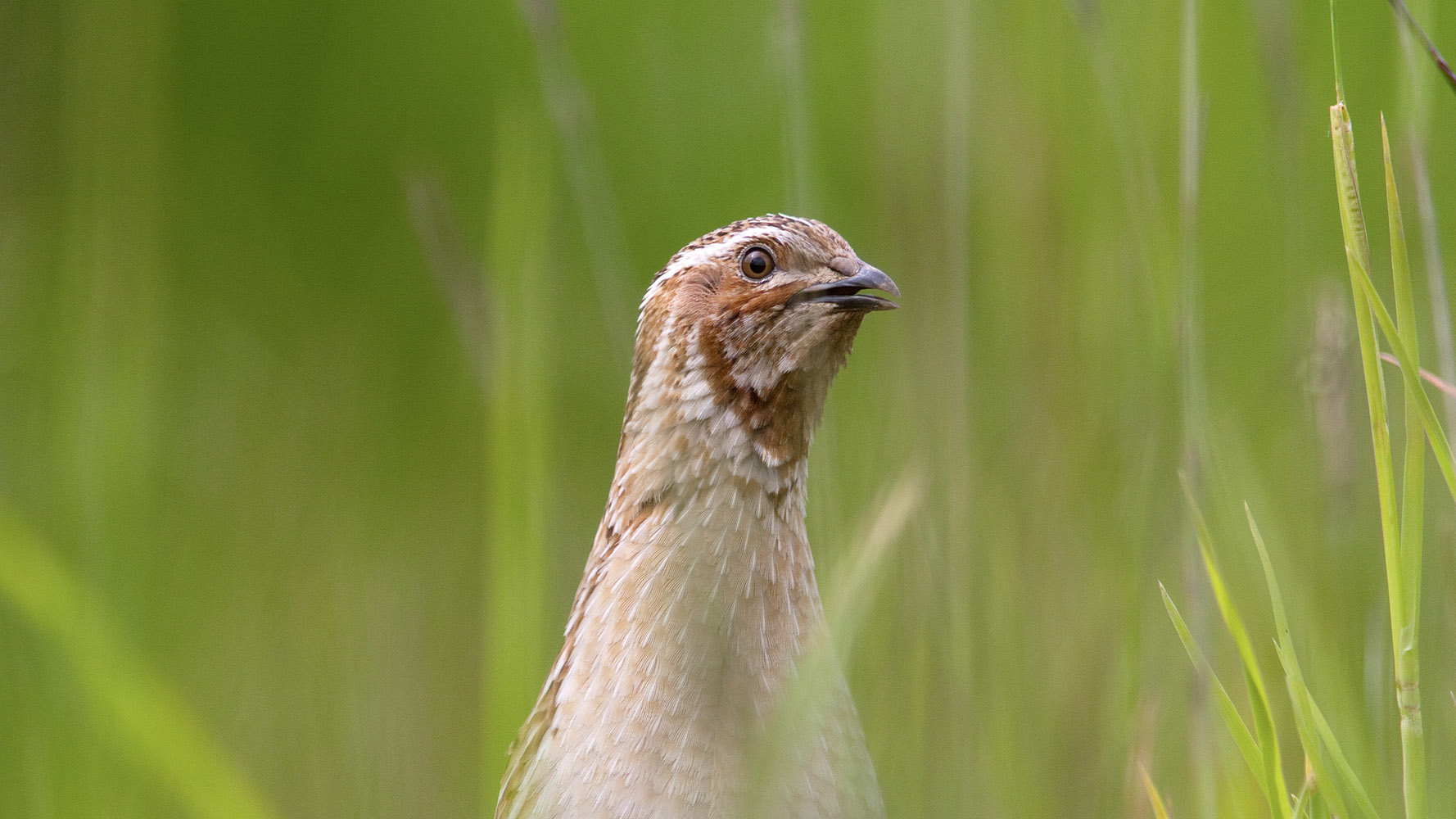
BirdTrack migration blog (mid June–mid July)
Migration has slowed to a crawl, and it is still several weeks before our summer migrants depart and are replaced by a whole slew of visitors arriving for the colder months or passing through the UK on their way to wintering areas.
However, migration has not ceased entirely. At this time of year, it can be difficult to tell if a given bird is a late summer migrant arriving to breed, or an early autumn migrant (yes, I know autumn is still weeks away!) preparing to head south.
Not all birds breed in their first year, so some of the migrants we observe in the middle of summer are immature birds which arrived at their breeding grounds but didn’t find a partner or produce offspring. Failed breeders can also depart their breeding grounds at this time of year to begin their southward migration. In the case of species like Spotted Redshank, females leave offspring rearing to the male birds and can be seen in the UK in late June as they stop off to refuel for their journey.
In the last week of May, there was a flurry of late-arriving House Martins and Swifts across much of the United Kingdom and Ireland. These could have been some of ‘our’ birds, held back by the near-constant north-easterly winds that persisted throughout the month, or birds passing through on their way to Fennoscandia for the breeding season – it’s not clear. However, looking at the EuroBirdPortal maps, it appears that the number of Swifts is down in Norway and Sweden compared to the same period last year. House Martins show a similar pattern.
Spotted Flycatcher reports increased from the end of May into June, remaining on pace with previous years but still lower than the historical average, owing in part to a 92% drop since 1967.
Reports of both Greenshank and Sanderling surged in early June, which is unusual considering the time of year; normally, the primary peak would be a couple of weeks earlier in the spring. The delay is most likely due to north-easterly winds holding the birds further south than is usual.
Quails breed once in south-western Europe or North Africa, then head north to arrive in the UK in the height of summer – where they will often breed again before heading south later in the year.
A spike of Quail reports was also seen in the last week. This species is a scarce summer migrant and numbers vary from year to year. The sudden increase in sightings was no doubt in response to the rising temperatures, allowing birds to head north from Spain and Portugal to the UK. Some of these birds will have already bred in south-western Europe or North Africa, and will breed again here before heading back south later in the year.
After the arrival of Black-winged Stilts earlier in spring, it is not surprising that a few pairs went on and bred, with RSPB Frampton Marsh reporting a pair hatching four young. News also broke of the return of up to eight Bee-eaters to Trimingham, Norfolk, the site where they successfully fledged young last year. At least one pair has been confirmed as nesting this summer.
Rarities seen during the last few weeks included a Blue-cheeked Bee-eater and Eastern Olivaceous Warbler, both in Shetland, and the returning Least Tern in County Louth.

Looking ahead
As we approach July, the pace of migration will remain slow.
The first returning waders will begin to appear, with Spotted Redshank, Green and Common Sandpipers being the first to arrive.
Curlew will also begin to move to their wintering grounds, some to the shores of Spain and Portugal while some remain in Britain and Ireland. Birds from other European countries such as France, Finland, and Germany will join them, with around 20% of the European population choosing to winter in the UK every year, making this country an essential site for the Red-listed species.
If you live near the coast or are able to visit a coastal location, the next few weeks can be an excellent time of year to watch for Puffins and Manx Shearwaters as they travel long distances in search of food, being seen several miles away from their nesting places.
Puffins can be identified by their dumpy body and short wings, and if the light is good, their colourful bill can be seen from a considerable distance. Manx Shearwaters have stiff wings and black upperparts that contrast with their white underparts; they will frequently perform high arcs over the surface of the sea, especially in heavier winds.
While not officially on migration, some of our summer visitors will become more visible in the coming weeks as they sing more regularly and look to have a second brood of young. Listen out for Sedge, Reed, and especially Grasshopper Warblers as they sing to restore their territories and seek a partner.
The warm summer nights are also ideal for looking for and listening to some of the more nocturnal species which are only present in the UK in the summer. The ‘churring’ call of the Nightjar sounds almost mechanical, while the ‘drip, drip, drip’ song of the Spotted Crake can be heard coming from damp meadows and sedgy areas and is often far-carrying.
Don’t forget to keep your eyes peeled for other visitors, too. Summer’s hazy days are notorious for producing top-draw rarities, with waders such as Great Knot, Greater Sand Plover, Roller, and Pacific Golden Plover all possible in the coming weeks. Other species that might arrive include the Little Swift, River Warbler, and Bridled Tern.
Send us your records with BirdTrack
Submitting your sightings to BirdTrack is quick and easy, and gives us up-to-date information about our migrating birds.
Don’t forget you can also add birds identified by call and song!
Find out more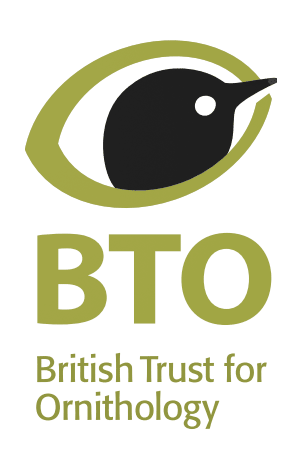

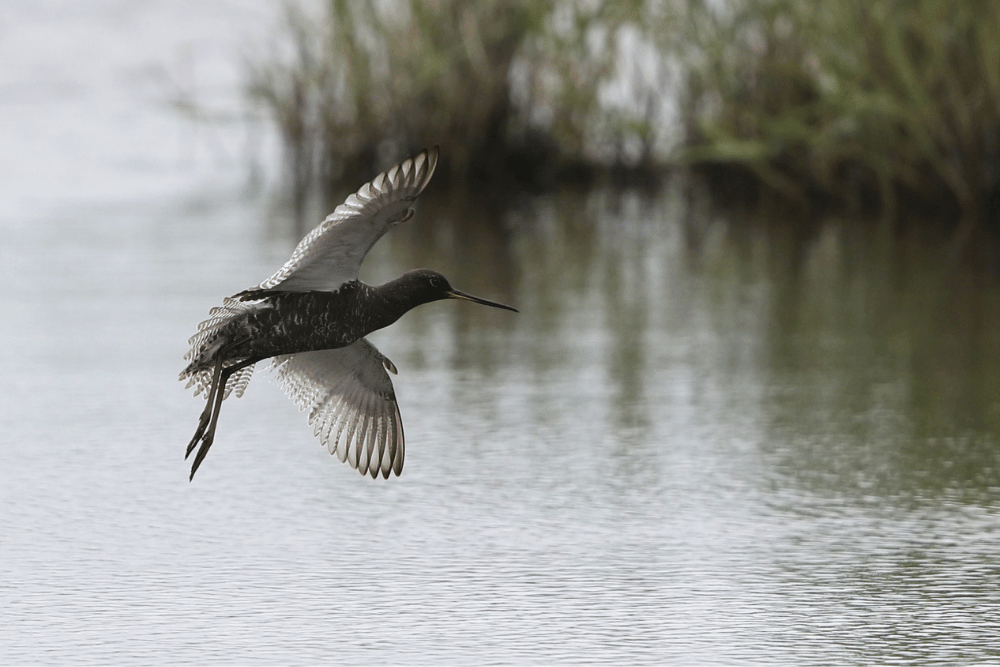
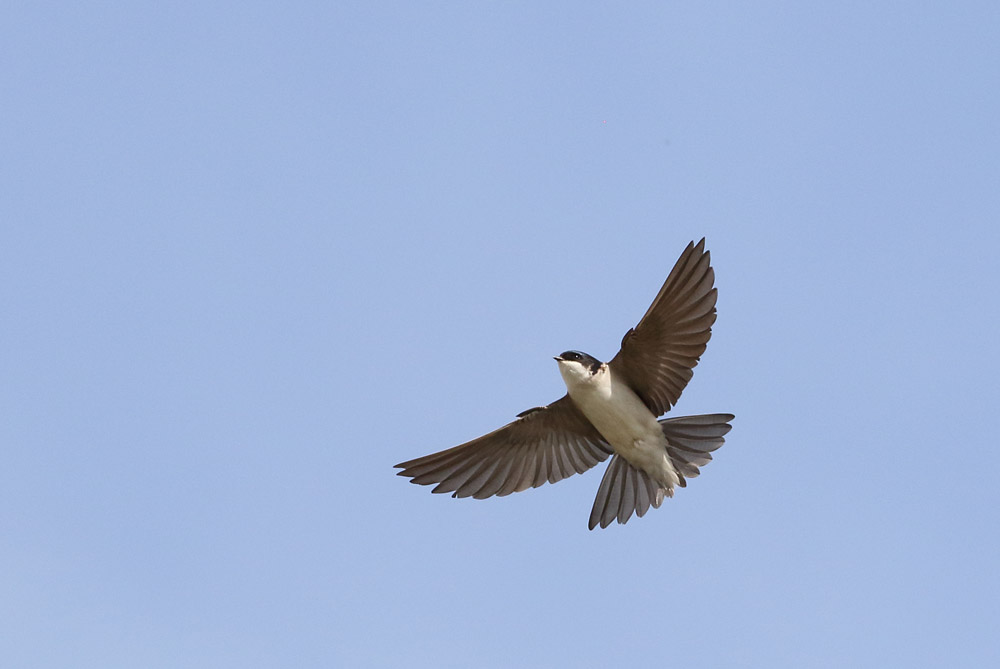
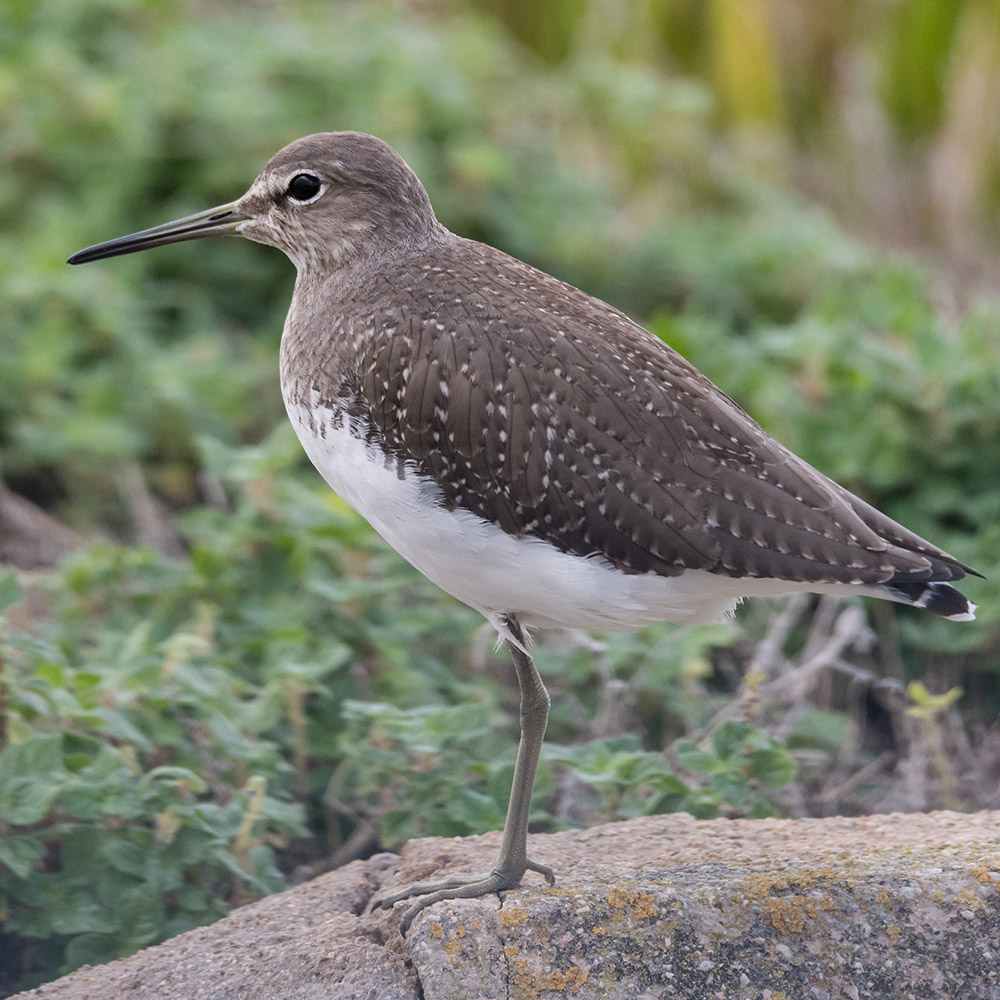
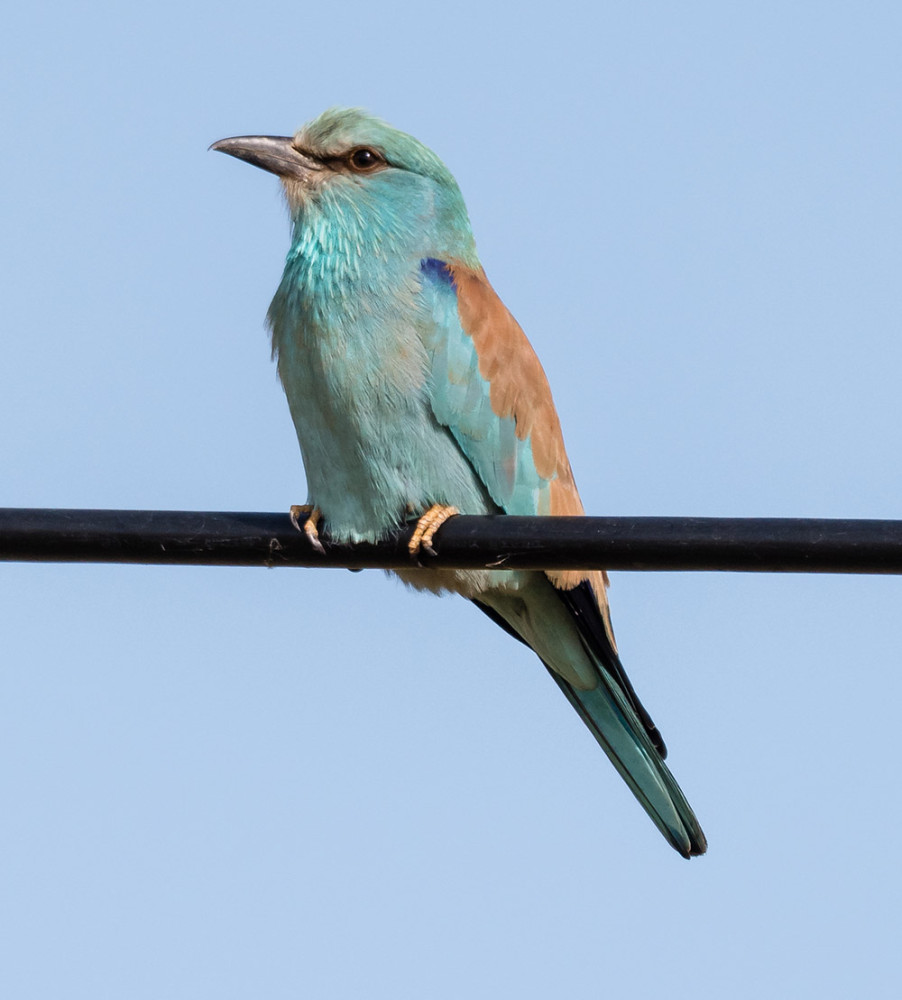

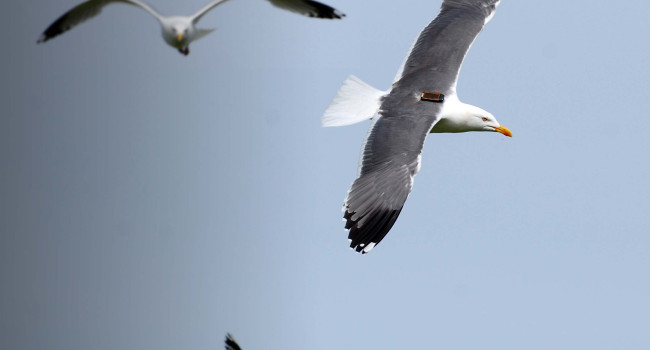


Share this page